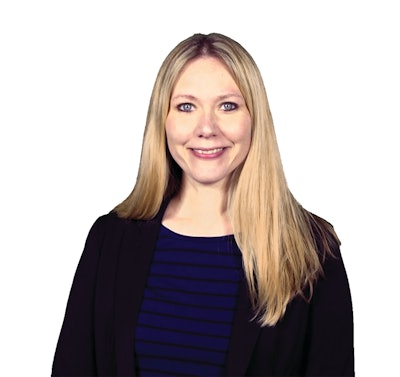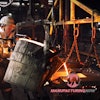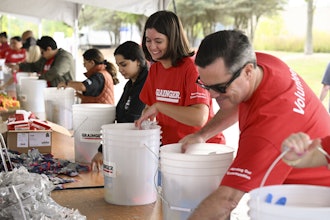
Anyone who’s ever struggled through the sleeplessness of parenting a newborn is told by some well-meaning person that “the days are long but the years are short.” I know I’m not alone in feeling like the pandemic has been the same: simultaneously feeling like it just began, and also like we’ve been living with it forever.
 Anna Wells, ID Executive Editor
Anna Wells, ID Executive Editor
Industrial Distribution's November/December print and digital magazine illustrates the imbalance:
Editor Mike Hockett profiles Mallory Safety & Supply, an Oregon-based distributor that did better than escape the pandemic by the skin of their teeth: they grew by a whopping 17 percent in 2020 alone. And in an industry that’s foretold the “death of the independent” for decades now, Mallory CEO Tim Loy could teach a master class on working smarter and never backing down from aggressive growth.
In our cover feature, we look to companies on our Big 50 List to provide some insight into how they expect this next year to play out. And while many of them focus on their investment strategies, plenty of executives are losing sleep over the industrial supply chain, a frazzled mess of a foundation for a year that holds so much possibility. Still, revenues for many are a bright point over 2020, and businesses hope to take advantage of pent-up demand, even if it means getting creative.
Jack Keough, in his monthly column, also touches on some of the competitive factors that are taking shape in markets like construction, where a battle for the professional buyer is heating up, fueled by investments by big box vendors like Home Depot, Lowe’s and Ace Hardware. See also, on page 8, a forecast from industry analysts on just how much pressure we’ll be seeing in the coming years from AmazonBusiness, who will carve billions from the market as customers move more and more of their purchases online.
Speaking of online, many distributors we surveyed earlier in the year told us that e-commerce was a priority and, more recently, 77 percent of Big 50 respondents say they hope to add new product lines next year. As distributors jockey for position in some crowded markets and push for visibility in the vast expanses of the internet, it could get exhausting, and expensive.
And who will nurture all of this growth as companies push to take advantage of new market opportunities? While the labor shortage is expected to linger, some experts believe there is potential for a boost: Anthony Klotz, the Texas A&M professor who predicted — and actually coined the term — “The Great Resignation” believes we may soon see an influx of workers who quit during the pandemic but now want their old jobs back.
He calls them “boomerang employees” and says that a large portion of these workers quit due to burnout. But instead of needing a permanent change, Klotz believes we’ll see some of them looking to return to their previous roles after a few months break. And he encourages employers to take them back, because these workers have a proven track record and hiring doesn’t look like it is getting better in the near term. He also suggests employers make the offboarding process as pleasant as the onboarding process, and stay in touch with departing talent.
We know 2022 will be a third straight year of unique challenges, but a steady approach to your existing processes is the best constant. When we asked Motion CEO Randy Breaux what he expected for the company in the coming year, he was quick to point out that planning shouldn’t supercede the day-to-day: “As any good coach tells their players,” said Breaux, “‘Let’s stay focused on winning the game we’re playing now, before we set our sights on the game we’ll play a week from now!’ I tend to like this analogy for our business today.”






















